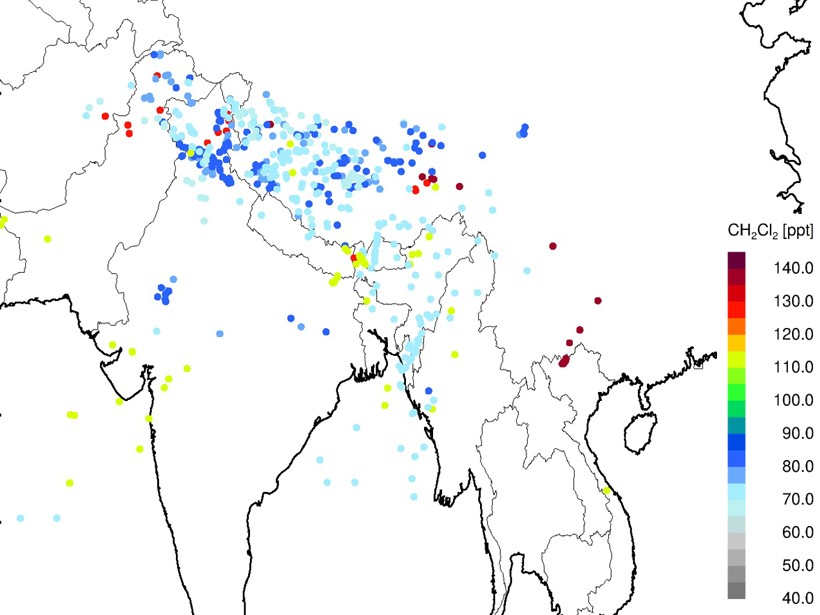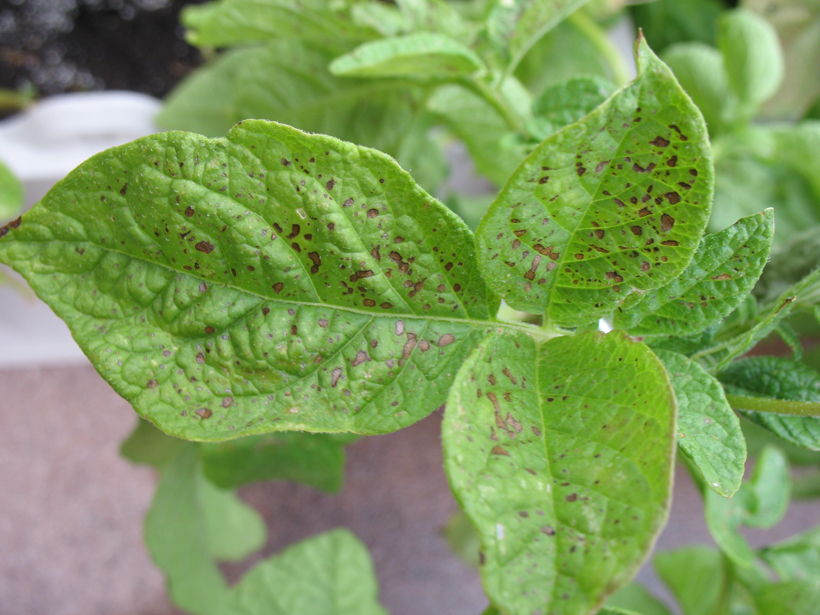A new study looks into how air movement in the atmospheric boundary layer affects ozone removal by deciduous forests, which are a significant ozone sink.
ozone
Measurements of Ozone-Depleting Chemicals in the Asian Monsoon
New high-altitude aircraft observations identify unexpected high levels of halogen-containing species entering the stratosphere above the summertime Asian monsoon.
Halocarbons: What Are They and Why Are They Important?
CFCs and other halocarbons have long been known for causing an ozone hole over the Antarctic, but many of them are also powerful greenhouse gases.
Did Ozone Loss Cause the End Devonian Mass Extinction?
Ozone loss, perhaps as a consequence of a warming climate, may have been responsible for a catastrophic loss of biodiversity.
Removal of Ozone Air Pollution by Terrestrial Ecosystems
Tropospheric ozone is removed at Earth’s surface through uptake by plant stomata and other nonstomatal deposition pathways, with impacts on air pollution, ecosystem health, and climate.
Tracking Tropospheric Ozone Since 1979
Stratospheric ozone depletion between 1979 and 2010 resulted in a slight decrease of ozone in the troposphere during that period despite increased ozone production from anthropogenic emissions.
How Ice Cores Are Helping to Track Preindustrial Ozone
Research helps allay concerns about discrepancies between atmospheric chemistry models and historical direct measurements.
Banned CFC Emissions Tracked to Eastern China
A new study indicates that better atmospheric monitoring networks are needed to enforce the Montreal Protocol.
Ozone Pollution Deaths in India Higher Than Previously Thought
Reducing emissions could avert more than 300,000 deaths per year by 2050.
Podcast: Uncovering the Ozone Hole
In the latest episode of its special series, AGU’s Third Pod from the Sun features scientists whose work found the source of a hole in the sky.










